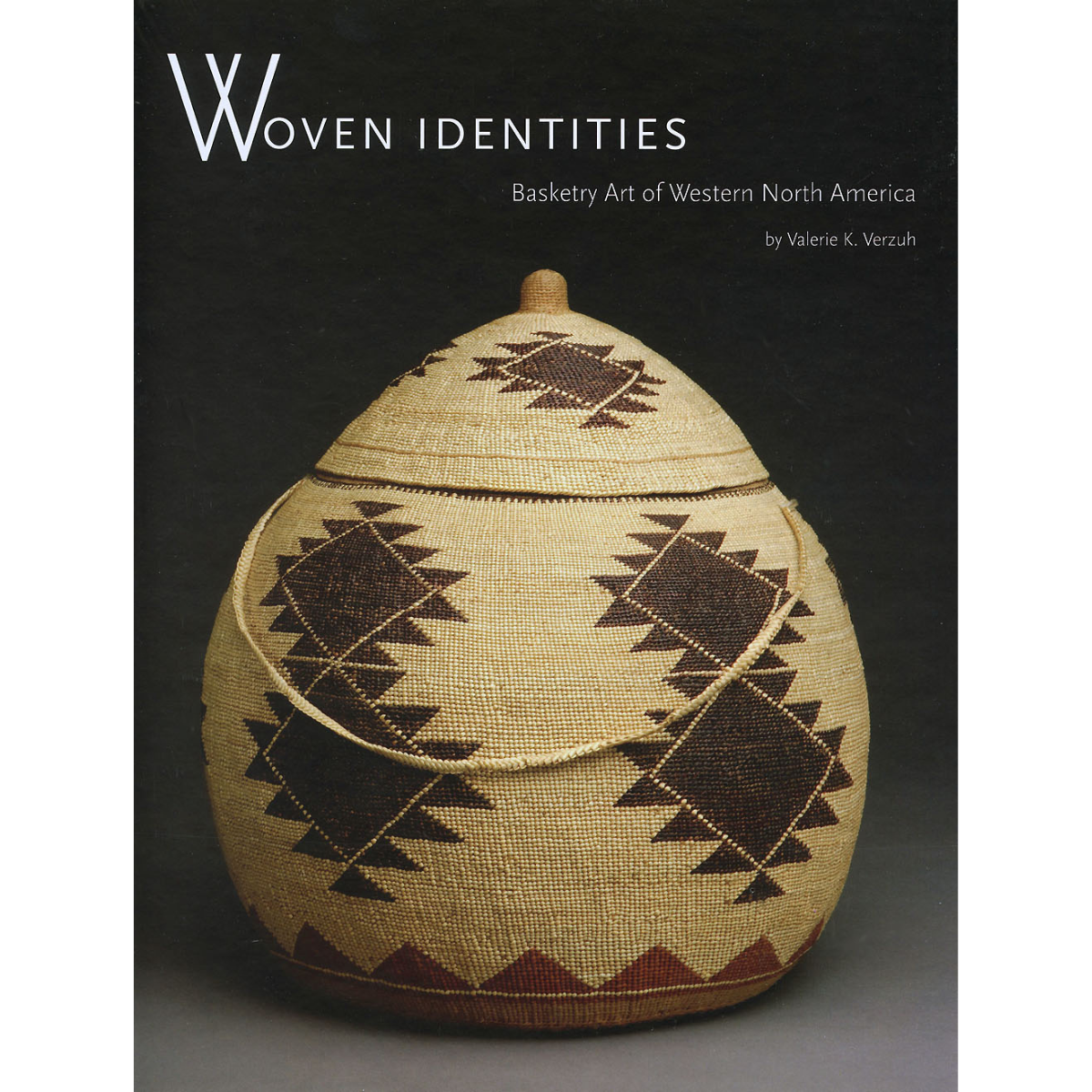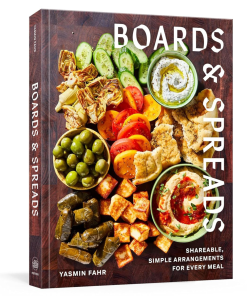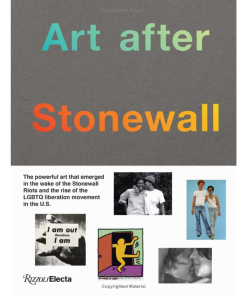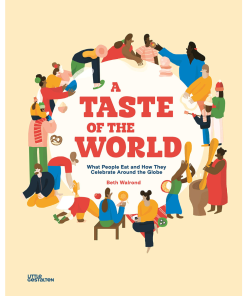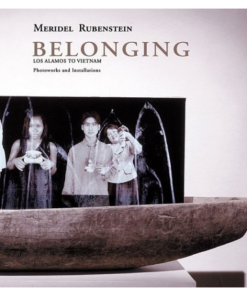Woven Identities – Basketry Art of Western North America museum-nm
$ 34,95 $ 20,97
An intriguing variety of baskets from 60 tribal groups and ranging from 800 years old to contemporary examples populate the pages of Valerie K. Verzuh’s new book Woven Identities: Basketry Art of Western North America (Museum of New Mexico Press). Verzuh is a curator at the Museum of Indian Arts & Culture, where she has worked for 13 years.
“These are baskets as fine art. That’s what they’ve become since the 1880s, when people no longer had the time to make baskets for the household and they realized they could do it for museums and collectors and also tourists.” The more than 200 baskets in the show and the book include tourist pieces adorned with butterflies and peacocks and more traditional baskets whose geometric designs relate more to the stitching patterns used than to intentional decoration.
Only 45 are identified as having been created by an individual artist. Every one of the baskets has what Verzuh calls a “woven identity” that may be read in its utility, form, and materials. One of the many wonderful examples is a woven cradle, nearly a century old, that was fashioned from hazelnut shoots, conifer root, alder-dyed Woodwardia fern, shells, glass beads, and cotton string and includes a little baby sunshade and a bead toy hanging inside.
Fast Shipping and Professional Packaging
Because of our long-standing partnership with UPS, FedEx, DHL and many other leading global carriers, we can provide various shipping options. Our warehouse staff is highly trained and will pack the items according to our exact and precise specifications. Before shipping, your goods will be thoroughly examined and secured. We deliver to thousands of customers every day from all over the world. This is a sign of our dedication to being the largest online retailer worldwide. There are distribution centers as well as warehouses located in Europe as well as the USA.
Note: Orders with more than one product are assigned a specific processing period dependent on the particular item.
Before shipping, we will examine the items ordered carefully before shipping. The majority of orders are shipped within 48 hours. The time to deliver varies from 3-7 days.
Returns
The stock is constantly changing and cannot be fully controlled by us due to the involvement of many parties including the factory and our warehouse. This means that the actual stock could alter at any time. Be aware that it is possible that your order could be out of stock after you have made the order.
Our policy lasts thirty days. If you haven't received your item within 30 days, we're unable to offer the option of a refund or exchange.
You are able to return an item when it's unopened and is in the same condition as when you first received it. It should also be returned in its original packaging.
Related products
Books
